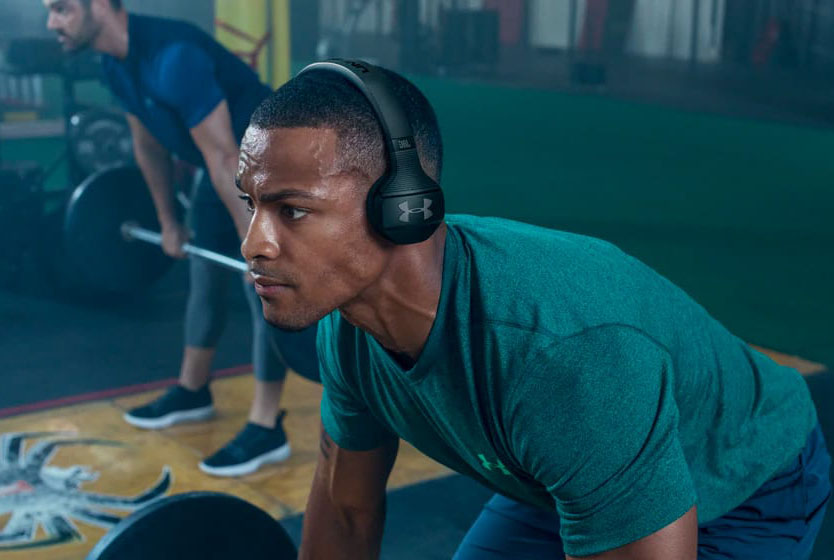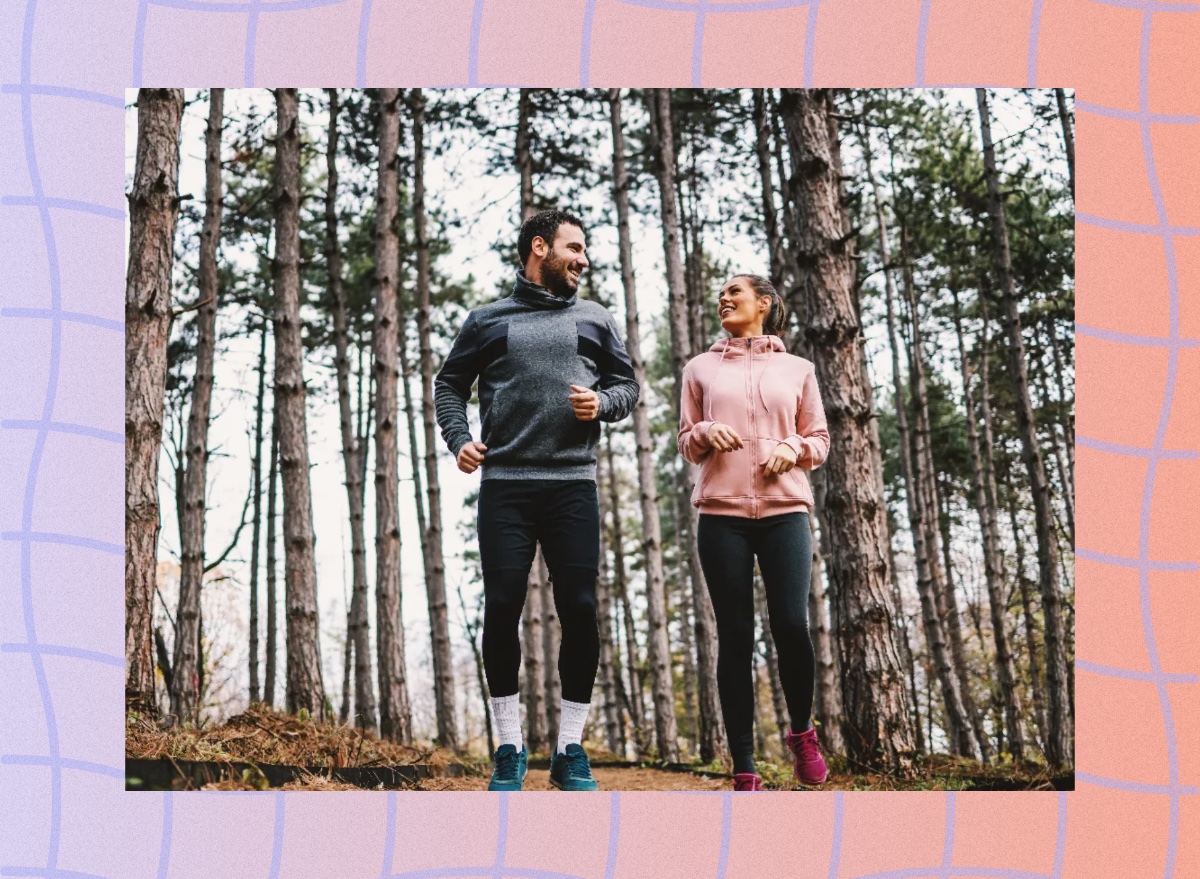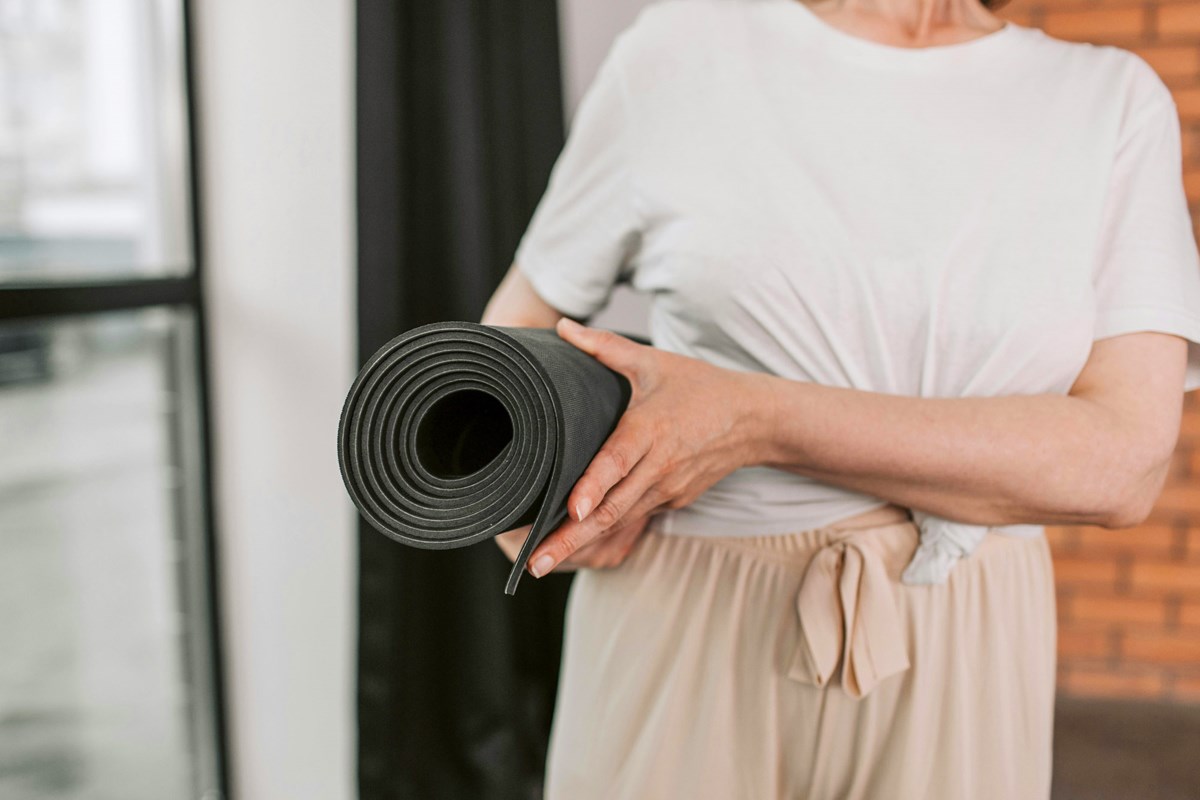It’s January 2, you’re at one of Pelham’s great cafes discussing your New Year’s fitness resolution over a double latte and chocolate brownie with your BFF, and you confide, “Making the resolution was the easy part. I really do want to get more fit, but there are so many different programs and plans, I haven’t got a clue where to start.”
Exploring Functional Fitness may be your answer. At its most basic level—and there are levels for everyone—functional fitness is designed to prioritize exercises that allow us to stay active and healthy throughout our lives, and perform daily tasks more easily.
At age 40 this might mean playing with the kids, enjoying a pick-up hockey game or round of tennis, staying pain-free at work, or simply doing all those physical things you do with less effort.
By age 60 or 70 it may mean getting in or out of a chair graciously, reaching a high or low shelf without excessive strain, or successfully standing on one foot while changing your underwear without falling over.
Most of us are more familiar with exercises or routines designed for a singular purpose: losing weight or improving cardiovascular strength, which both require workouts designed to burn calories and increase heart rate, improving muscular definition for those sculpted beach selfies, or programs designed to improve muscle and flexibility performance related to a specific sport. These exercises isolate and train individual muscle groups rather than addressing the functionality and quality of various multi-joint, multi-muscle movements in which shoulders, hips, core muscles, knees, the spine and many other body components all interact together, such as lifting, balancing, twisting and squatting.
Functional fitness stresses compound exercising, or training, which strengthens your muscles in the same way that your body uses them for real-life, day-to-day tasks. The benefits include better balance and increased stability, a reduced risk of injury and strains, and an overall improvement in quality of life.
A study led by Giovanni Angelo Navarra, of the Sport and Exercise Research Unit, Department of Psychology, Educational Science and Human Movement, University of Palermo, published by the United States National Library of Medicine in September 2023, and titled Functional fitness, lifestyle and demographic predictors of perceived physical and mental health in older adults: A structural equation model (SEM), states the following, “The SEM analysis revealed that functional fitness…was a strong predictor of both perceived physical and perceived mental health in the sample of elderly participants. Physical activity level was a predictor of the perceived physical component but not of mental health, nor were socio-demographic factors or adherence to a Mediterranean diet.
“The present findings suggest that it would be strongly recommended for elderly subjects (over 60 years old in this study) to engage in functional physical activity specifically targeted to aged populations, in order to enhance their fitness abilities and enable them to improve the perception of their own health status.”
My apologies for the drawn-out accreditation details and subsequent longish quotes, but in my opinion this is a significant finding, so the ducks should all be in a row if you wish to follow up on your own.
It’s so simple, yet profound
Functional fitness workouts that are targeted to the things we do every day in our real lives not only improve our fitness but also the self-perception of our health. It’s so simple, yet profound. If we do activities that allow us to reach and twist and bend and stand tall and balance well, we’ll feel the benefits more intuitively and believe we’re in better shape, aging better, than if we do isolated muscle group exercises, have a strong socio-demographic identity, or follow a good dietary regimen.
Simply put, doing the stuff we have to do easily and efficiently is one of the most important indicators to believing life is good.
As mentioned earlier, functional fitness exercises or training can apply to all ages. Navarra’s study was aimed at seniors, a broad-brush term that is useless for most things beyond price discounts and pension eligibility. At the more sedentary end of the senior spectrum, or for those who are beginning a fitness program, functional exercises can start with getting out of chairs, step-ups, single leg balances, and low- or high-shelf reaches.
Next step for the somewhat fit would be to add increasing resistance or weight to the same type of exercises to improve functional fitness. For example, squats and lunges could include a kettlebell weight, and balance exercises might involve stretchy bands as one progresses, increasing the functional strength component.
Many kids and younger adults focus on single-sport fitness and muscle development programs, which are great. Simon Damborg, president of the Canadian Functional Fitness Federation, would suggest that those in this group also add Crossfit or Spartan-type training approaches or events to increase their functional fitness. A Spartan Sprint is a short, 5-kilometre off-road event in which participants must overcome 20 obstacles using combinations of every muscle group in their bodies — a perfect precursor to functional fitness routines designed to meet their needs as they age.
Check out functional fitness for yourself. There are lots of videos and detailed articles on the subject, from a Participaction/YMCA beginner approach to information provided by doctors, physiotherapists and professional coaches – none of which I am.
You might find it interesting, even enlightening. Functional fitness was a huge eye-opener for this guy who cycles 100 kilometres with ease but has—make that had—to get down on one knee to find the broccoli hidden on the refrigerator’s bottom shelf.
After three decades co-owning various southern Ontario small businesses with his wife, John Swart has enjoyed 15 years in retirement volunteering, bicycling the world, and feature writing, and is an award-winning Pelham columnist writing for Niagara readers.



























/cdn.vox-cdn.com/uploads/chorus_asset/file/24982514/Quest_3_dock.jpg)





